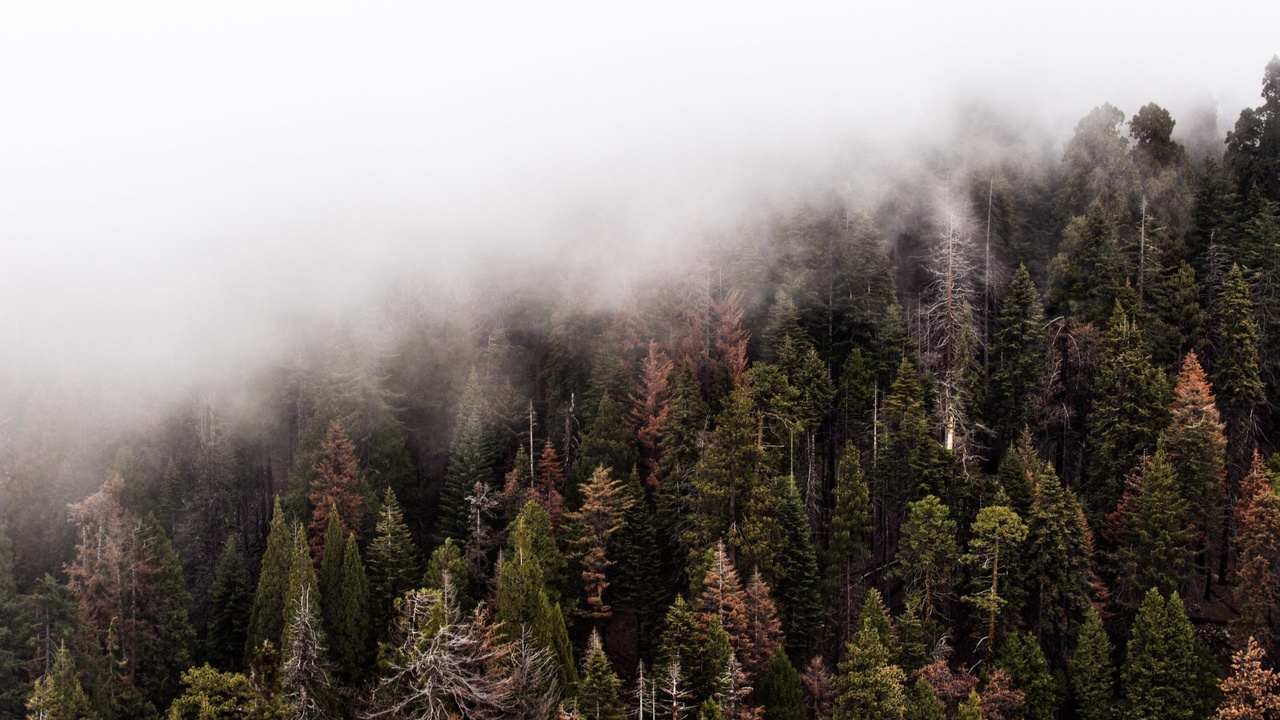
Unpacking Green Burial
Mar 07, 2017When I was on the path to becoming a licensed funeral director, I was on fire with a sense of possibility. I imagined that I would open a hip, eco-friendly funeral home appealing to people like me — someone who appreciates beauty, walks lightly on the earth and tries to make the world a better place.
Since I was already recycling and reusing on a daily basis and buying sustainably-harvested paper and local, fair-trade, organic chocolate, I assumed that I’d find the equivalent ‘green’ products and practices inside the funeral industry. I was wrong.
The truth about the North America funeral industry
Nowhere inside my corporate funeral workplace did I see evidence of the equivalent in urns, caskets and memorial keepsakes. What I found were mass-produced, generic-looking products—some made from old-growth forests—sourced and produced far away. In my opinion, the most beautiful thing in the display room was the inexpensive paper tube used to scatter ashes or cremated remains.
The lack of sustainable practices extended beyond the funeral home. I was perplexed when I discovered that almost every cemetery in my region requires each grave to be lined with a concrete vault. In time, I realized that the vault benefitted only the cemetery by providing additional revenue and simplifying landscape maintenance.
Like many of my peers, I had the impression that cremation was the most environmentally-friendly option for final disposition. But I hadn’t considered the amount of fossil fuels used to transform a body into bone fragments via intense heat over two to three hours, especially when millions of people choose this option. I was so grateful and relieved when I learned about the resurgence of simple, natural burial, which I now know is the greenest way to “go.” The website “Seven Ponds” is my personal favourite source for an overview of the environmental impact of death.
What is green burial?
This definition of green burial provided by the Green Burial Society of Canada speaks to me:
“Green Burial is a statement of personal values for those who seek to minimize their impact on the local and global environment. It is an environmentally-sensitive practice: the body is returned to the earth to decompose naturally and contribute to new life.”
Green burial is a powerful statement that minimizes impact on the local and global environment.
There are various levels of certification to verify the ‘greenness’ of a cemetery and five generally-accepted core principles for green burial:
- No embalming of the deceased
- Direct earth burial, no grave liner or burial vault
- Use of biodegradable container i.e. casket made of simple, natural materials like native trees or local, sustainable materials like willow or wool, reclaimed ‘clean’ wood and burial shrouds made of organic, natural fibres
- Simple memorialization i.e natural stones or communal markers with local materials
- Habitat / ecological protection or restoration incorporated into the landscape design, planning and maintenance
Reusable or time-limited use of graves is common throughout the world but virtually unheard of in North America. Canada’s ,City of Vancouver owned and operated, Mountain View Cemetery is one of the very few exceptions.
Green burial returns the body to the earth to decompose naturally and contribute to new life.
Green burial is not a new idea and has been practiced for thousands of years. Muslims, Jews, and some Orthodox Christians all over the world continue to lay their dead to rest directly on the earth either in a shroud only or a simple biodegradable casket.
Birthing the green-burial movement in Canada
I’m proud to have helped birth, or rather, re-birth, the green burial movement in Canada. The disconnect between my values and mainstream funeral services led me to leave my apprenticeship just before attaining my funeral director’s license. I sought out my tribe and joined LEES + Associates, North America’s crackerjack cemetery design and planning firm, and a leader in Canada’s green-burial movement.
During my time with the firm, I was part of the small, passionate group of people who brought to life the Green Burial Society of Canada in the spring of 2013.
I now know that sustainably-minded products exist and that there are a bounty of choices in terms of what good-bye rituals speak to me, who is available to support me with these choices, and where and how I’m laid to rest, including green burial.
How can you help?
Here’s how you can contribute and make a difference to the global, green-burial movement.
- Learn more about green burial.
- Become a friend of / donate to / subscribe to / volunteer with:
- In Canada, The Green Burial Society of Canada
- In the US, The Green Burial Council
- In the UK, The Natural Death Centre
- Call, visit or write your local government officials including cemetery managers/operators. Tell them you want green burial options and ask what they have to offer.
- Talk to your tribe about green burial, connect with others who have successfully launched a green-burial cemetery project and consider mobilizing to make it a reality in your community.
You don’t have to be an environmental activist, land-use expert or cemetery designer to contribute to Canada’s green-burial movement. All you need is the desire for a simple and natural burial.
What about you?
What do you know or want to know about green burial?



